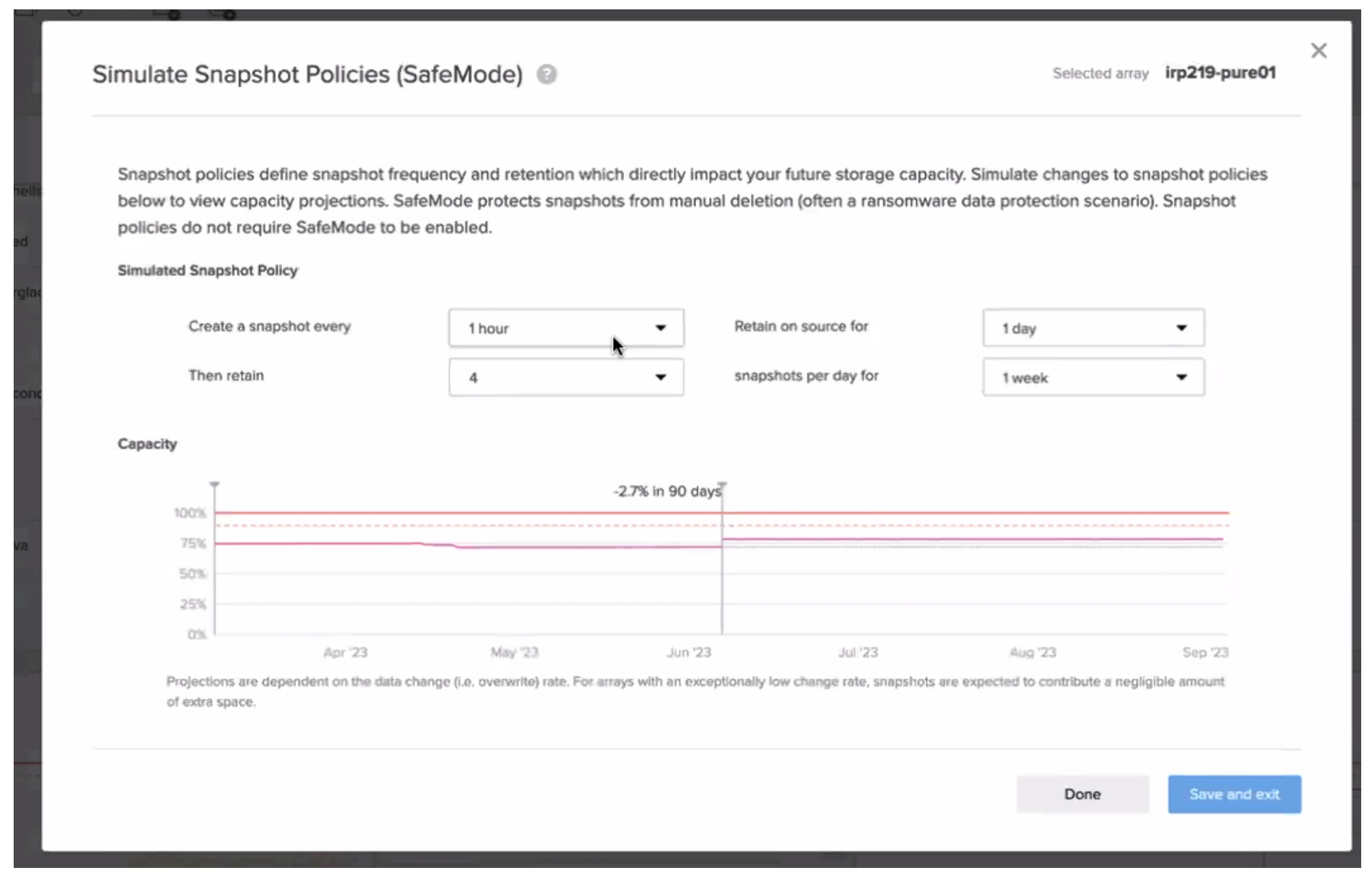Virtual Volumes was introduced with vSphere 6.0. Despite being around for a while, adoption from storage companies is only starting to ramp up. At VMworld, Stephen Foskett got to talk to Pure Storage Technical Director Cody Hosterman about how the company is handling their VVols rollout. They discuss why it’s taken some time to see adoption increase. Part of the adoption comes from the EOL of vSphere 5.5, and opening up the ecosystem to VVols. They then discuss some of the meaningful integrations that Pure Storage is offering in vCenter. The goal is to offer the intelligence of their storage array in vCenter, beyond a simple plugin.
On the show floor at VMworld, Stephen Foskett got a comprehensive demo from Anthony , showing how VVols allows for an integration that meaningful brings Pure Storage’s FlashArray closer to vCenter. They walk through connecting FlashArray’s to VVols, mounting storage, and how Pure architected VVols to run on FlashArray without the need for a VM. Instead this uses a highly available VASA providers served off of the FlashArray controllers. It’s a true integration and a core functionality of the array.




